Showing all 14 results
-
Sale!
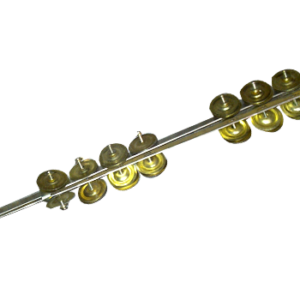
Chimta
Original price was: ₹4,000.00.₹2,500.00Current price is: ₹2,500.00. Add to cart -
Sale!
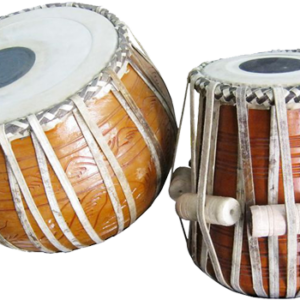
Clay Tabla
Original price was: ₹10,500.00.₹9,500.00Current price is: ₹9,500.00. Add to cart -
Sale!
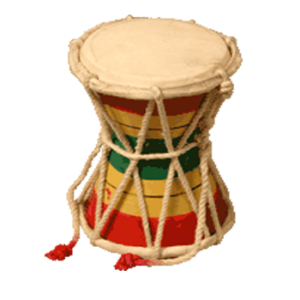
Damaru
Original price was: ₹1,000.00.₹800.00Current price is: ₹800.00. Add to cart -
Sale!
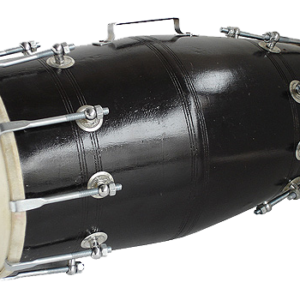
Dholak (Nutbolt)
Original price was: ₹9,500.00.₹9,000.00Current price is: ₹9,000.00. Add to cart -
Sale!
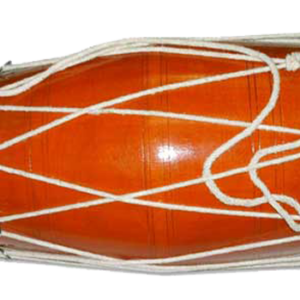
Dholak (Rope)
Original price was: ₹6,750.00.₹6,000.00Current price is: ₹6,000.00. Add to cart -
Sale!
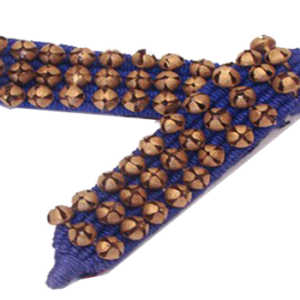
Ghungroo (Kathyak/ Bharatnatyam)
Original price was: ₹1,800.00.₹1,500.00Current price is: ₹1,500.00. Add to cart -
Sale!
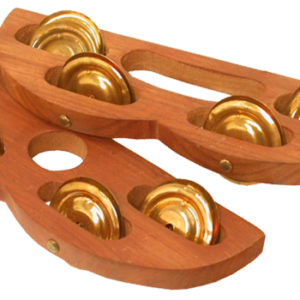
Jhika Cymbal/ Khanjira
Original price was: ₹1,000.00.₹800.00Current price is: ₹800.00. Add to cart -
Sale!
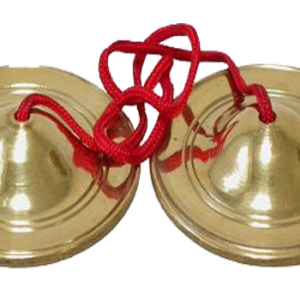
Kartaal/ Mini Cymbals/ Manjeera
Original price was: ₹1,850.00.₹1,500.00Current price is: ₹1,500.00. Add to cart -
Sale!
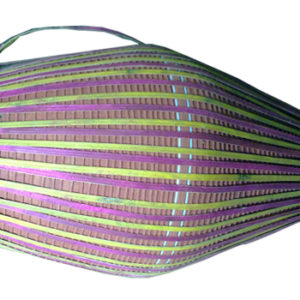
Khol (Clay)
Original price was: ₹11,000.00.₹10,000.00Current price is: ₹10,000.00. Add to cart -
Sale!
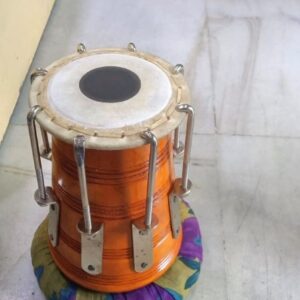
Khol Tabla
Original price was: ₹7,500.00.₹6,500.00Current price is: ₹6,500.00. Add to cart -
Sale!
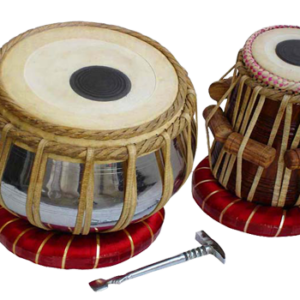
Metal Tabla
Original price was: ₹17,500.00.₹16,500.00Current price is: ₹16,500.00. Add to cart -
Sale!
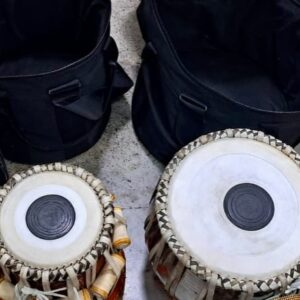
Metal Tabla (Pakhwaj)
Original price was: ₹40,000.00.₹36,500.00Current price is: ₹36,500.00. Add to cart -
Sale!
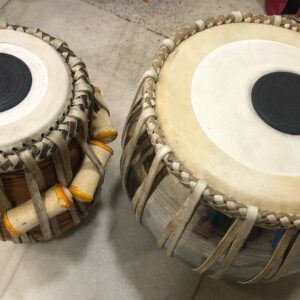
Metal Tabla (Supari Style)
Original price was: ₹30,000.00.₹28,000.00Current price is: ₹28,000.00. Add to cart -
Sale!
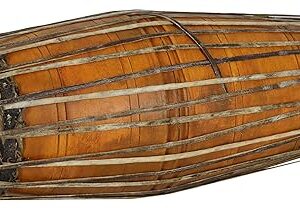
Mridangam
Original price was: ₹18,500.00.₹16,500.00Current price is: ₹16,500.00. Add to cart